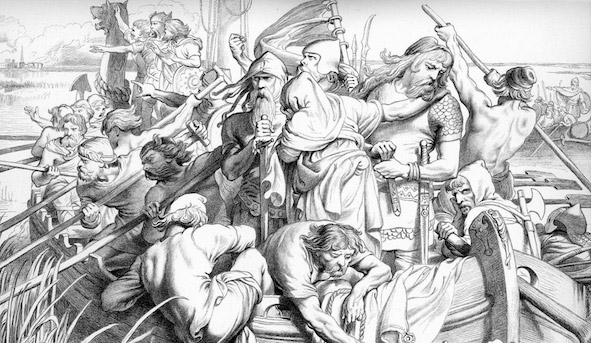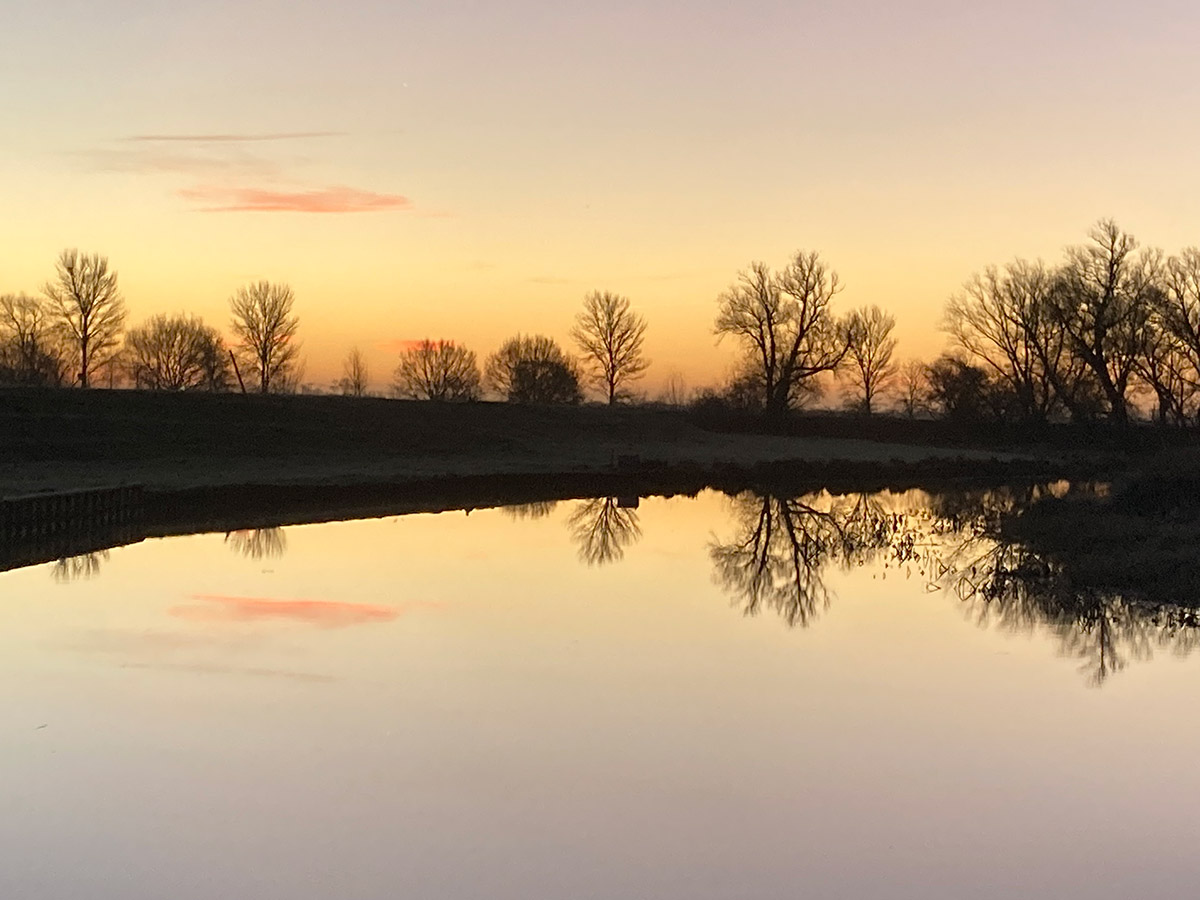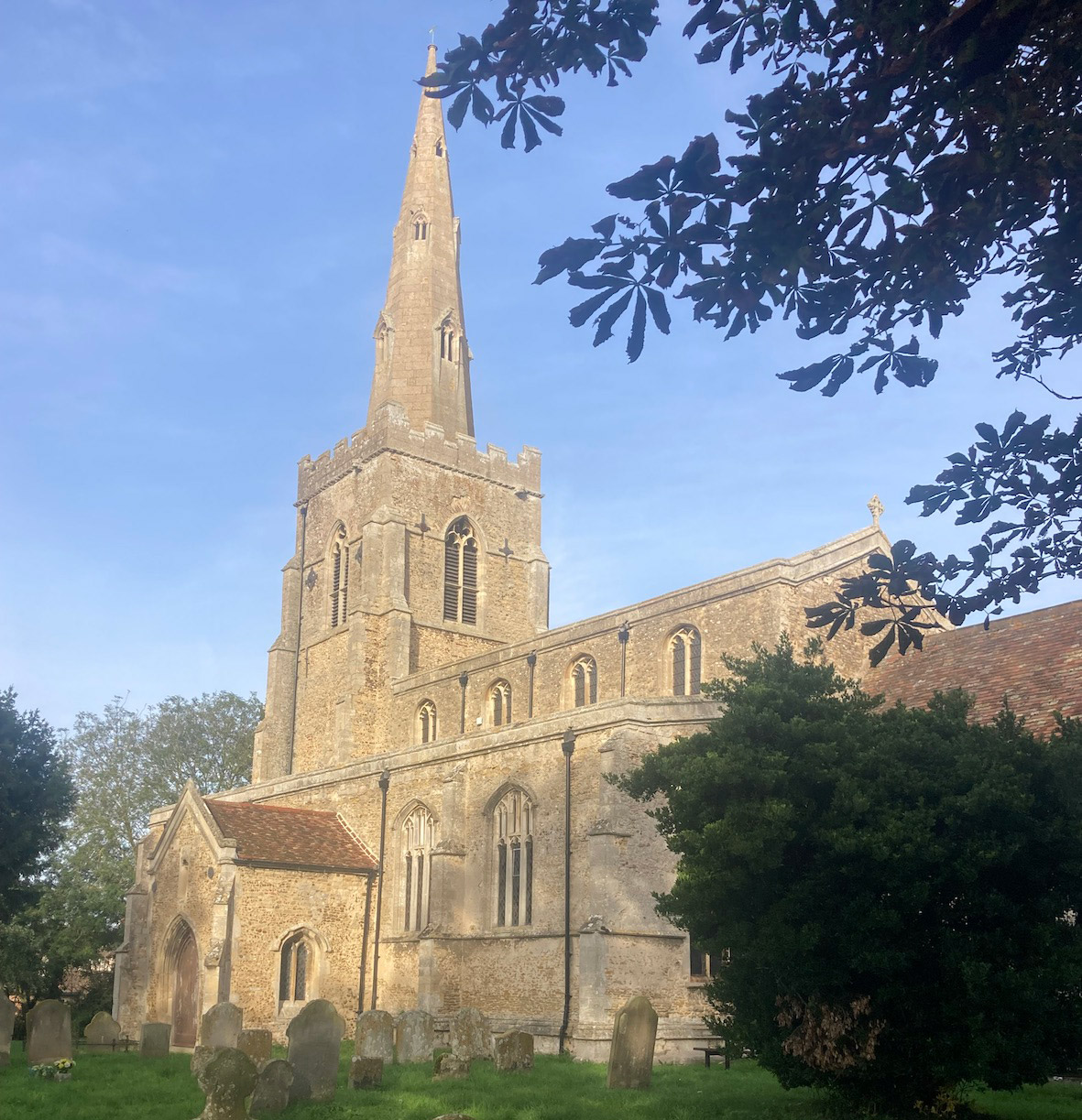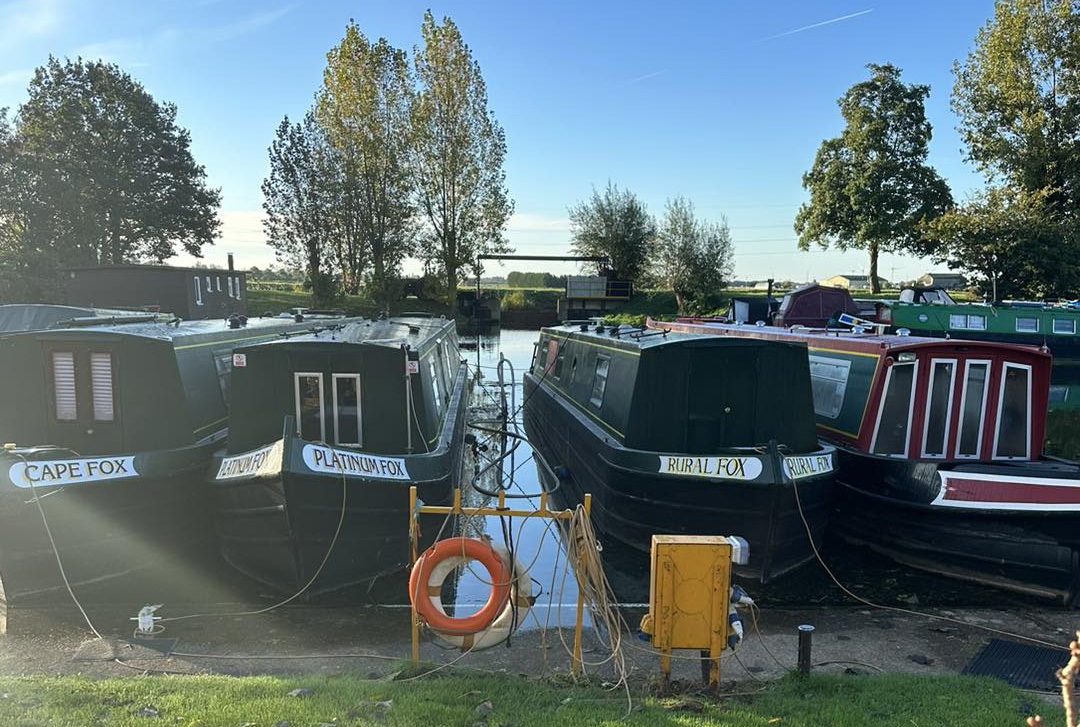
Ferry Meadows sitting on narrowboat
Question – Where along the river Nene can visiting family combine a boat trip with a steam train outing ?
Question – Which future King of England was born in 1452 at Fotheringhay Castle on the River Nene ? – Clue – His body was identified 527 years after his death under a Leicester ca-park.
Question – Which Queen was executed in 1587 at Fotheringhay Castle on the River Nene ? One summer morning in 2023 I was looking for a mooring in the lovely riverside City of Ely. There were no available spaces, but there was a Fox hire boat moored. Generally hire boats don’t stop in any one place for too long, and often leave by midmorning.
I ‘hovered’ close to the boat and gently inquired if they might be moving on before too long, and if they would mind me mooring alongside until they left – when I could take over the spot they had vacated.
They were lovely, friendly, people, and readily agreed. I asked them if they were enjoying their narrowboat holiday. They replied that they were “loving it”, at which point they recognised my boat from the cover of the river guide ‘Great Ouse and its tributaries’. “How did you wangle getting your Fox boat on the cover ?” they asked. “By writing the guide !” I replied.
They made me a cup of coffee and I regaled them with a few of those anecdotes which didn’t quite make it into the guide. Just before they set off, they explained “this has been our first narrowboat holiday and we’ve definitely got the bug”. They asked “We’ve got the whole Country to choose from, where would you recommend we go next year?”
I didn’t even need to think before I replied “Go West ! When you leave Fox’s marina turn right toward the River Nene not left towards the River Great Ouse (like you did this year). The River Nene is one of the loveliest navigable rivers in all England !”
During my life I have lived in two towns (Bedford and St Neots), and one City (Ely), all on the Great Ouse, but I must sing the praises of the River Nene. On a cautionary note I must also warn you that “Nene’ is pronounced “Neen” downstream of Thrapston, and “Nen” upstream of Thrapston. As the farthest you are likely to get on a week’s hire is Oundle (leaving yourself sufficient time to get back to the hire base), or at the very most Thrapston, we can settle on calling the river ‘Neen’.
Leaving Fox’s marina you will travel first through the Middle Level towards Peterborough. On the Middle Level you could spend your first night afloat on the new visitor moorings in Ramsey.
Alternatively many boaters choose to use the new rural moorings on Whittlesey Dyke at either Burnthouse Bridge or Angle Corner (https://middlelevel.gov.uk/navigation/maps/). The popular third option is go through Ashline Lock and moor at the back of the Manor Leisure Centre in Whittlesey. The rural moorings will require you to cook on board, whereas both Ramsey and Whittlesey moorings offer a range of ‘eat out’ opportunities, restaurant or takeaway.
You need to book yourself in advance through Stanground Lock with the lock keeper, Tina, on 07824 600470 (this is the only non ‘do-it-yourself’ lock you will encounter on your trip).
Stanground is approximately 6 hours from Ramsey, 3 hours from the Burnthouse rural mooring, 21/2 from the Angle Corner rural mooring, and 1 1/4 from the Manor Leisure Centre in Whittlesey. Lock Warning ! In the mid 17th Century a campaign was launched to make the River Nene navigable between Peterborough and Northampton. It was anticipated that 33 locks would be required to bypass the water mills. By the 18th Century, when the work was undertaken, 38 locks were required ! But don’t worry there are only 11 locks between Peterborough and Oundle. With a willing and helpful crew these shouldn’t be too much bother. And remember – locking is a vital part of the ‘narrowboat experience’!

Stanground Lock
Shortly after you have passed through Stanground lock you will find yourself in the historic cathedral city of Peterborough. There are ample moorings on Peterborough Embankment but these can get a bit noisy in the evening. There is a floating Chinese restaurant called the Grain Barge moored on the embankment. My wife and I often dine there on their ‘eat as much as you can for a fixed price’ menu when returning to home waters after visiting the canals.

Peterborough Town Bridge 1909
Often we choose to travel out of Peterborough for another 1 1/4 hours and moor instead at the lovely Ferry Meadows Park. These peaceful floating moorings are on a lake and you quite often get a good sunset, followed by a spectacular sunrise the next mooring. There is (car) parking at Ferry Meadows Park, and before now we’ve rendezvoused there with family. They’ve joined us on board for a pleasant river trip upstream as far as Wansford Station, where they’ve disembarked and caught a steam train on the Nene Valley Railway back to their car. A perfect family outing !
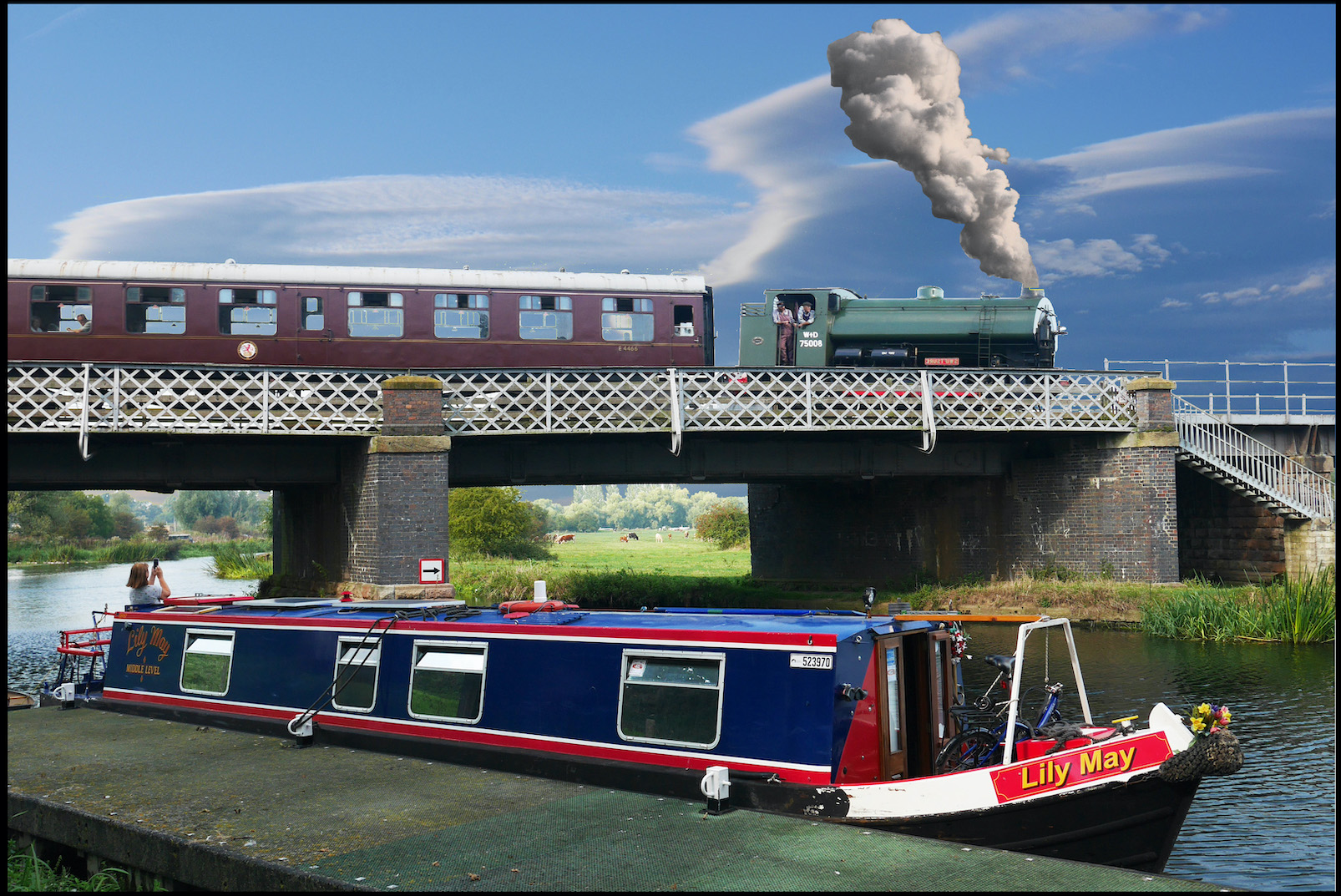
wansford station
Go West young man !
As you travel upstream you will pass through Water Newton Lock. The adjoining former mill has been converted into desirable apartments (though I don’t know if I’d make it right through the night with the ever present sound of running water without regular nocturnal visits to the ‘smallest room’). The scene just above the lock is as idyllic a river view as you could ever find. Have your cameras at the ready !

Wansford Station b
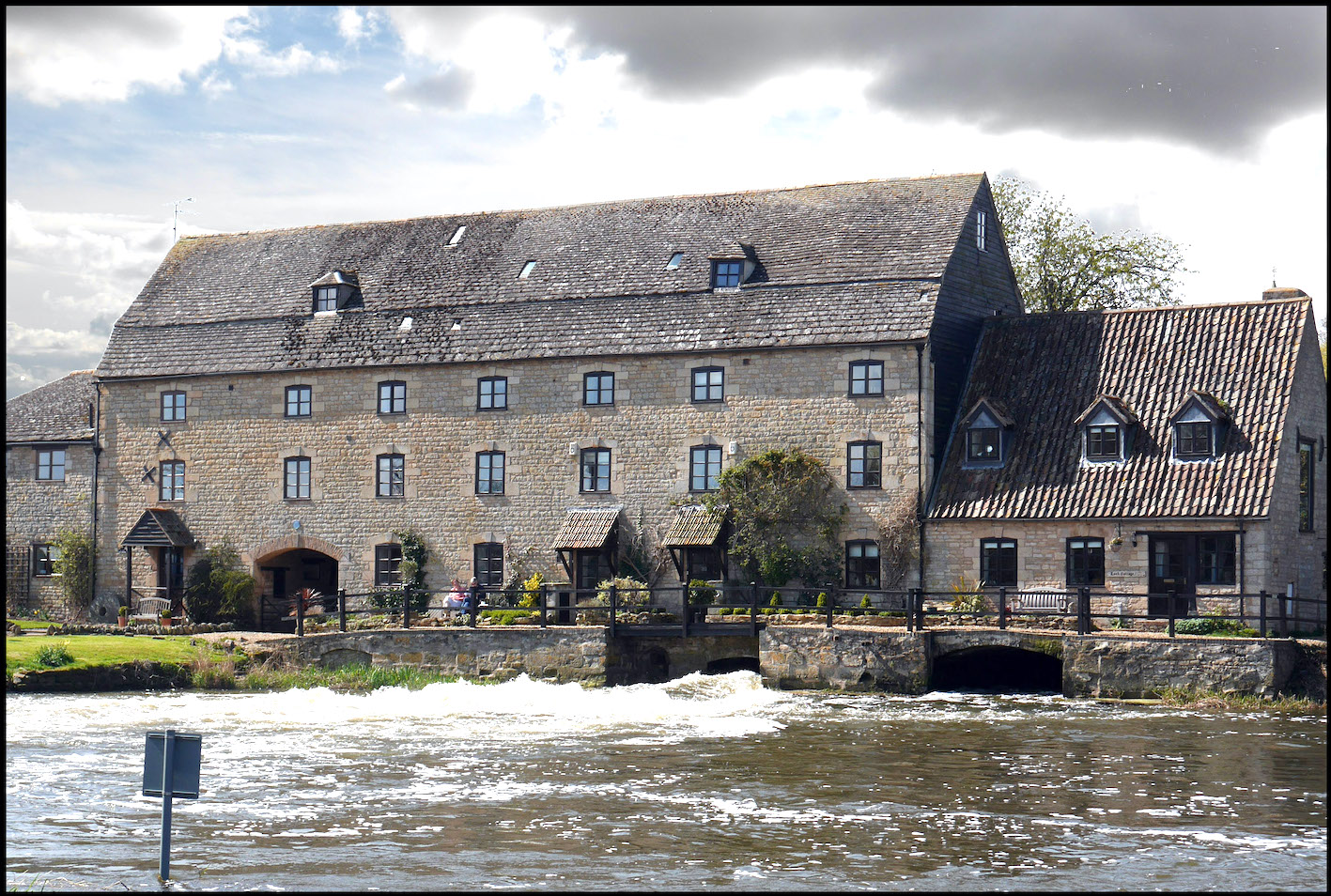
water newton

Water Newton b
The old bridge at Wansford carries the old Great North road (a.k.a. the A1) past the Haycock Inn dates from 1600 and is a scheduled ancient monument. The Haycock Inn is named from the story of an unfortunate traveller who, wary of sleeping in any Inn because of plague, spent the night in a hayrick. The river rose in the night and the traveller woke to find himself floating down the Nene. Disorientated, he asked someone on the riverbank where he was, and upon hearing the reply “Wansford”, asked, “Wansford in England?”. The name stuck, and Wansford is officially described as “in England”. The local Inns are now on the whole believed to be plague free !
Above Wansford you come to floating moorings from which you can access Wansford Station
(actually in Sibson). This is the headquarters of the Nene Valley Railway. An absolute must to visit ! The home of Thomas the Tank Engine and a host of historic steam engines, you can ride to as far as Peterborough enjoying a line that has, over the years, been used for filming, amongst many others, Secret Army, a Queen rock video, Middlemarch, Goldeneye, and Murder on the Orient Express.
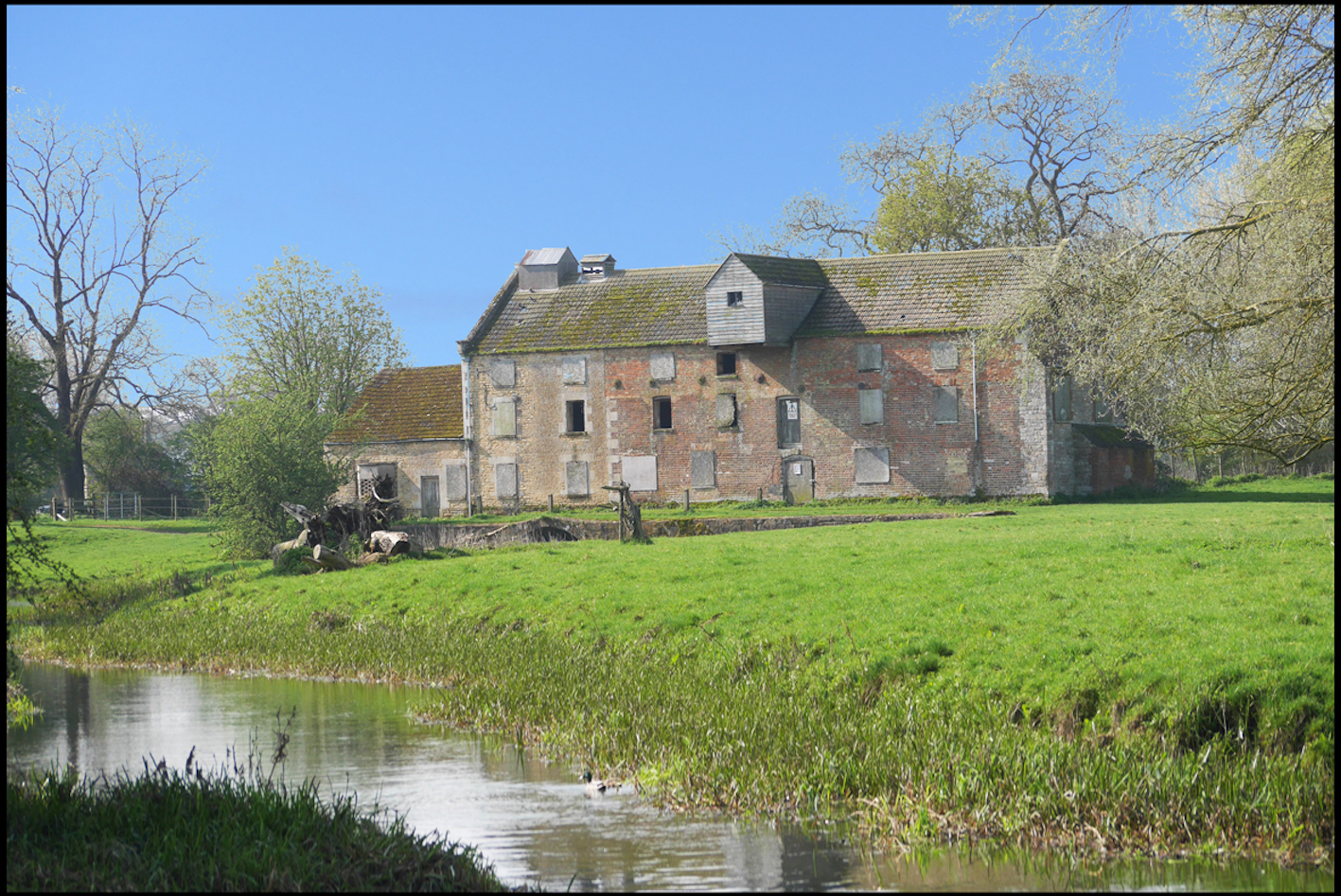
Next to Elton Lock stands a glorious abandoned mill (grade ll listed). There are moorings immediately above the lock. I’ve twice walked into the village and dined outside The Crown ph under a great spreading Horse Chestnut tree, where I’ve enjoyed as good a pub meal as ever I happen chanced upon!

Soon the English Perpendicular style octagonal tower of the great St Mary’s church of Fotheringhay appears on the horizon. St Mary’s has strong connections to the Yorkist cause in the Wars of the Roses. The Dukes of York had a family mausoleum in the church. Richard III was born at Fotheringhay Castle (demolished 1630) and Mary Queen of Scotts was executed there in 1587. There are private visitor moorings here. They are not expensive (£5/overnight) and the farmer collects your money shortly after you arrive. The village pub, The Falcon, is well spoken of for its food. Although (for some inexplicable reason) I’ve not checked out the pub, I regularly moor at Fotheringhay.
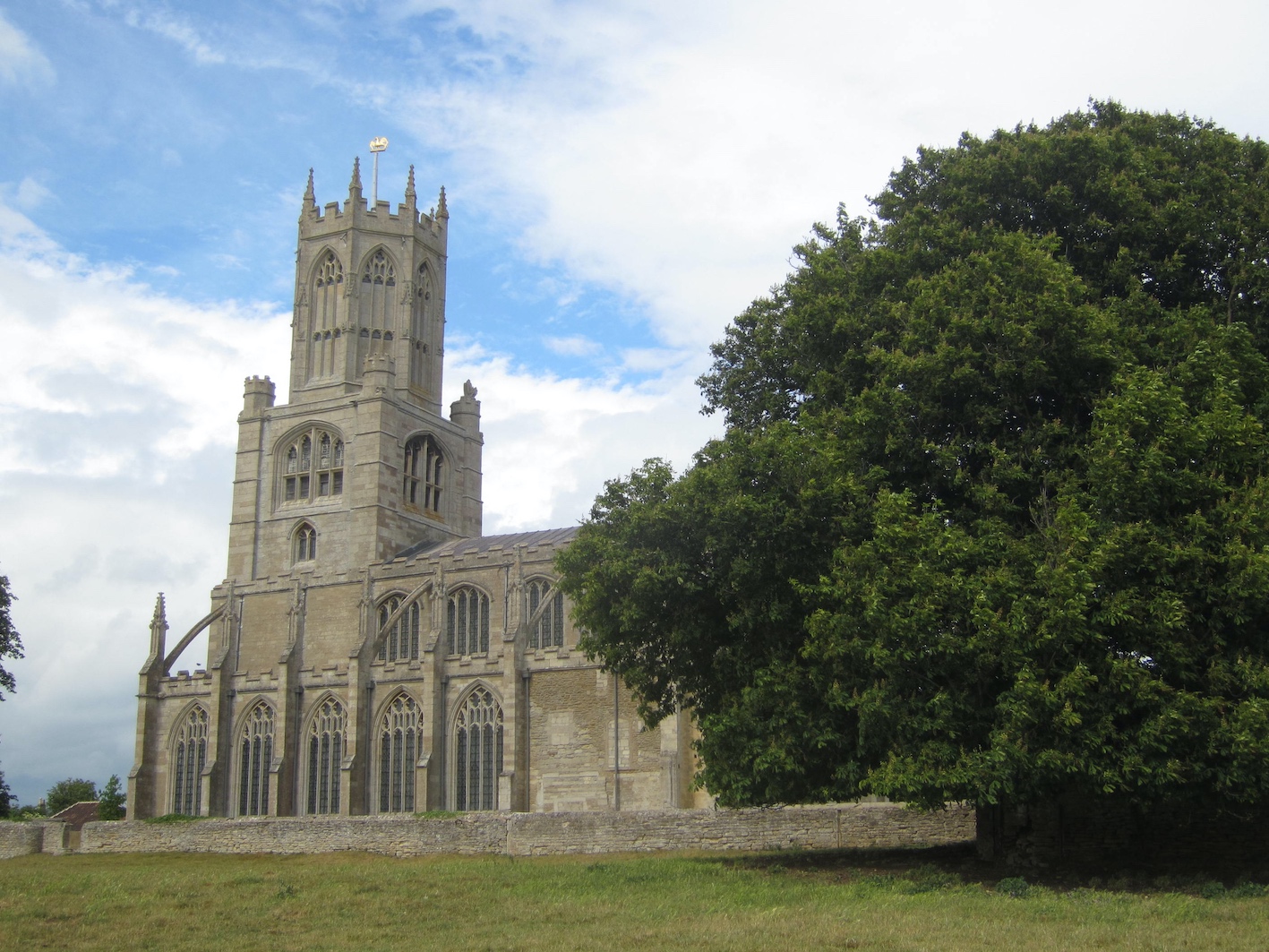
Ashton Lock is near the village of Ashton which is a privately owned village, long associated with the Rothschild family. This private ownership is evidenced by all the front doors of the houses being painted the same colour. Ashton was the home every October of that important sporting competition – the National Conker Championship – until they moved 4 miles to Southwick near Oundle. There is a large colony of Red Kite around here, and I’ve witnessed 5 or 6 in one go, apparently following me up the river.


Oundle is a market town with a population of around 6,000, constructed in soft Northamptonshire Stone. Sadly Oundle appears to ‘turn its back’ on the river. But it’s worth crossing the adjoining flood meadow and visiting. There are often slightly fierce looking cattle grazing in the meadow, and I choose to cross it at the other end from them.

You will soon need to think about turning your bows downstream and returning the boat. If you’ve got sufficient time, the bridge at Lilford is as pretty a bridge as you’ll find anywhere.
It was said of the famous dancers Fred Astaire and Ginger Rogers “Fred was great, but don’t forget that Ginger did everything he did, backwards …. and in high heels !” Now you’ve got to Fotheringey, or Oundle or wherever the time left on your boat hire requires you to turn back and retrace your steps – just remember that the “Nene is just as beautiful backwards” (particularly if you’re wearing high heels ?). And like we do, you can always treat yourself to a Chinese meal on the way home, on the Grain Barge in Peterborough. Don’t forget to book yourself back through Stanground Lock.



















